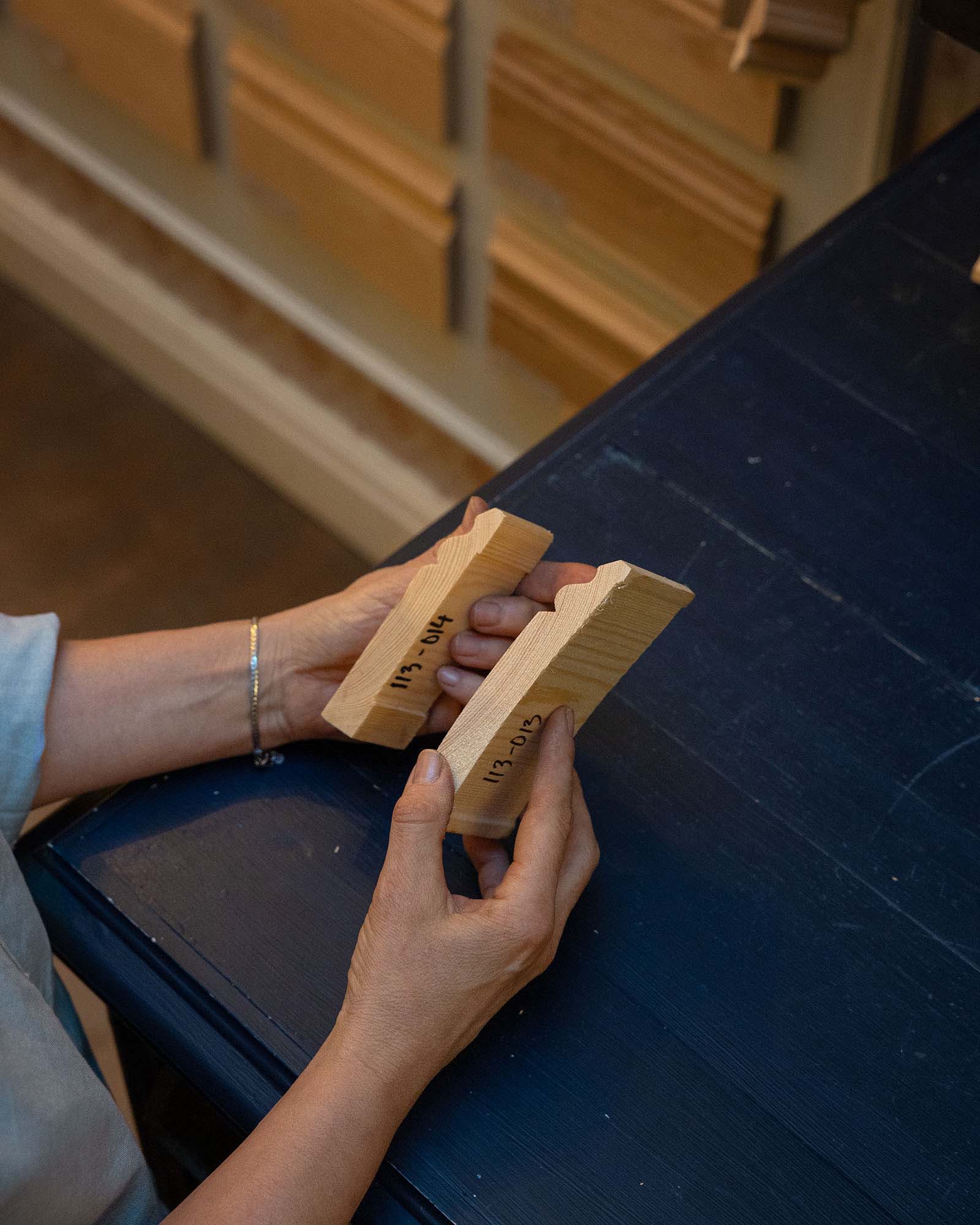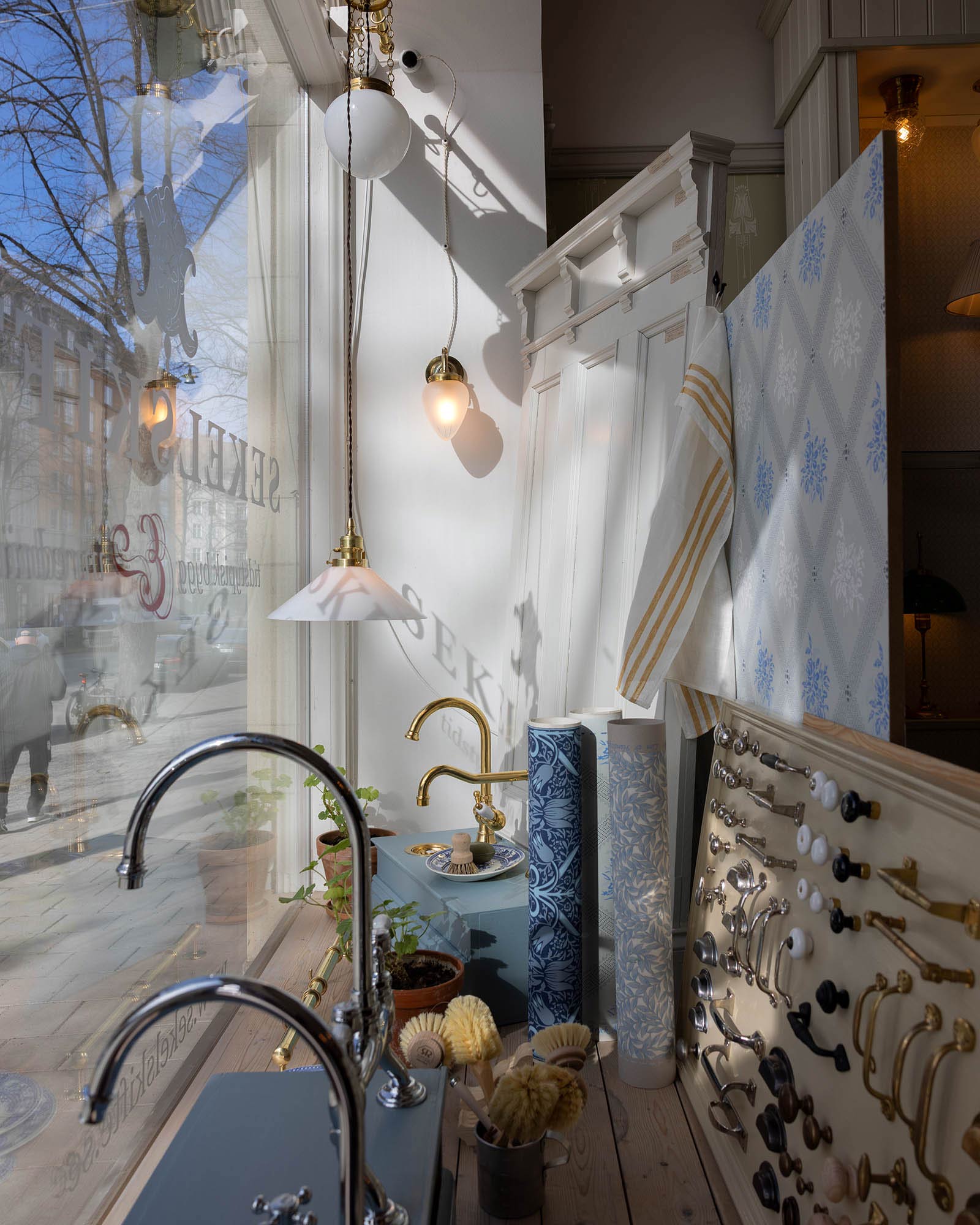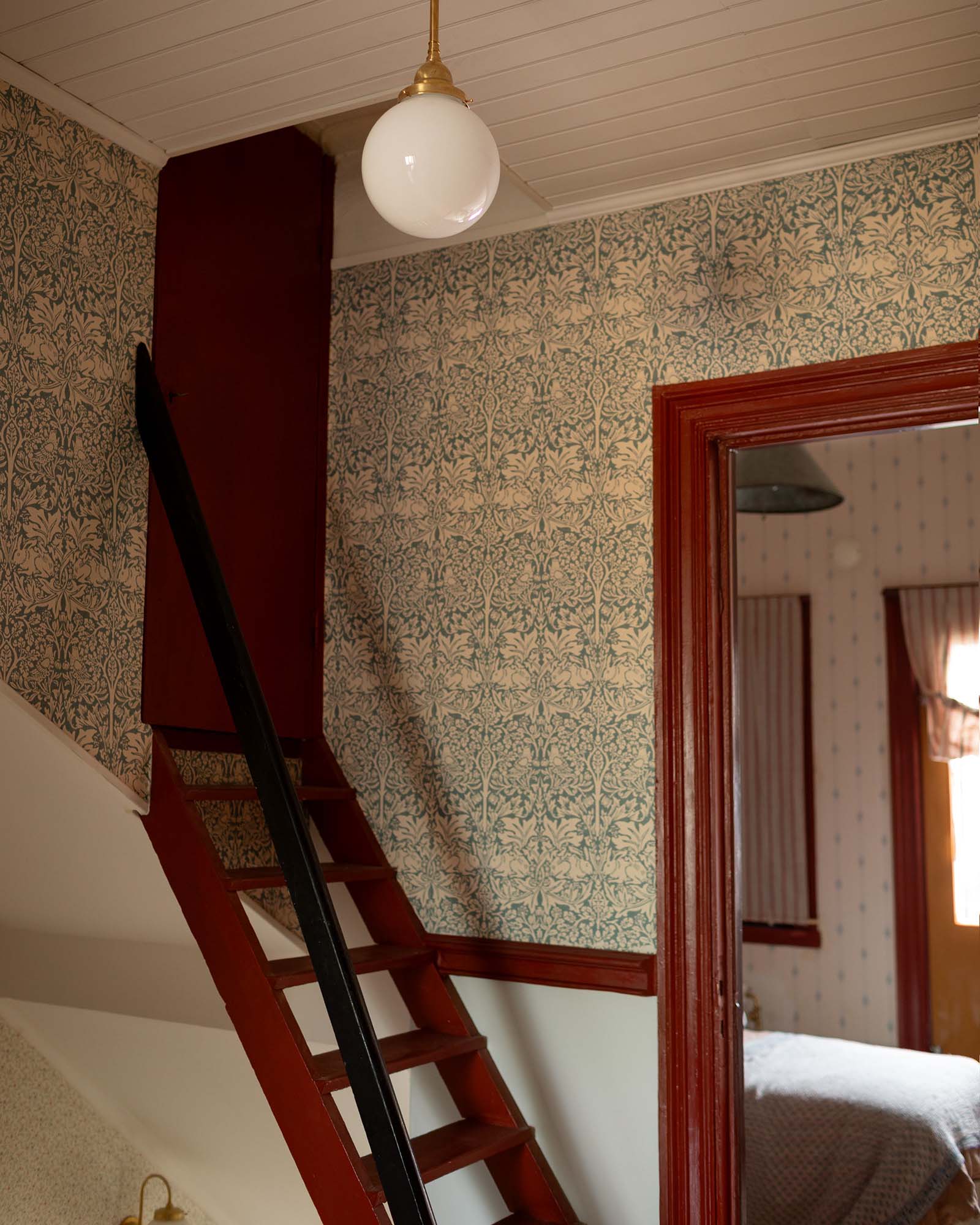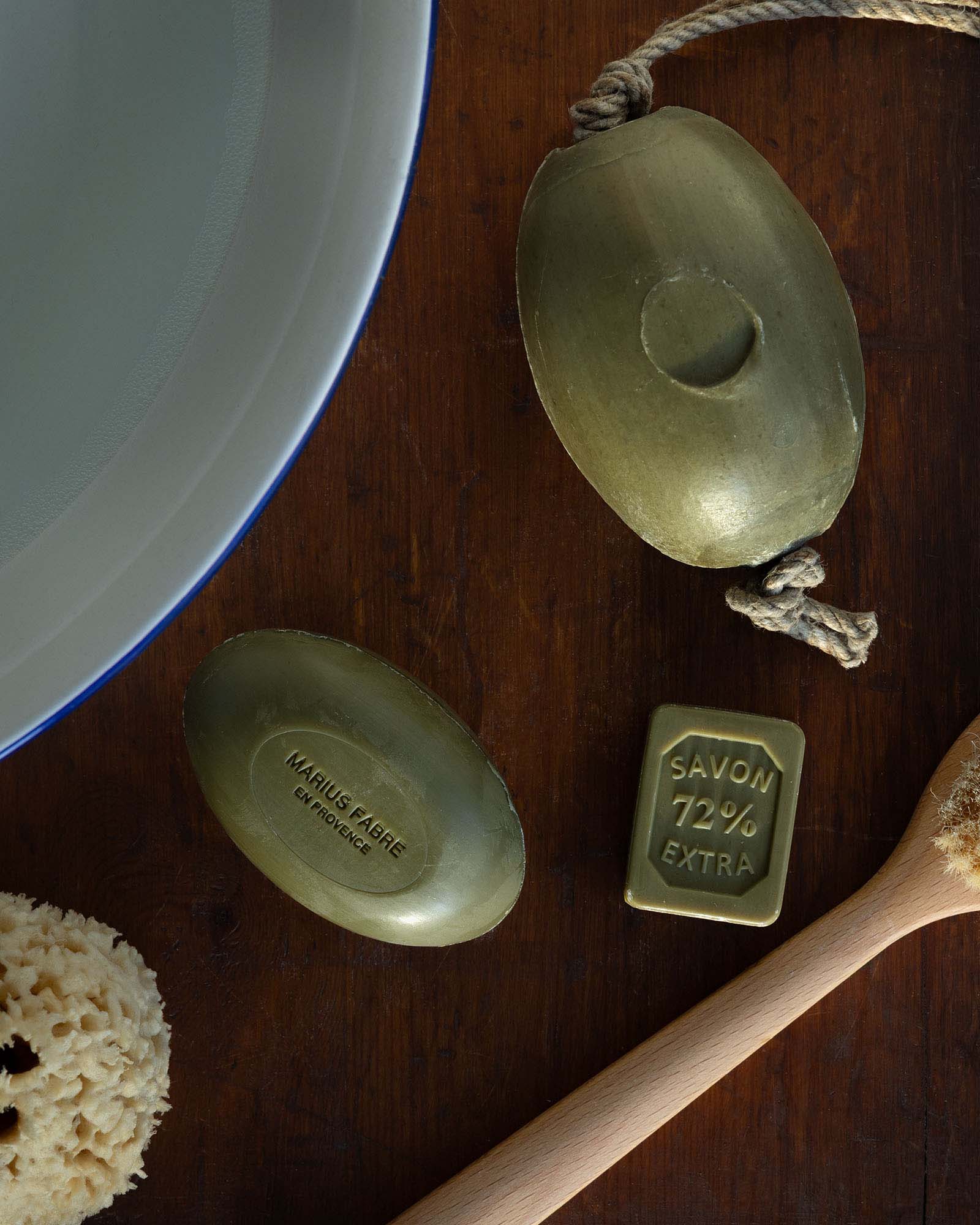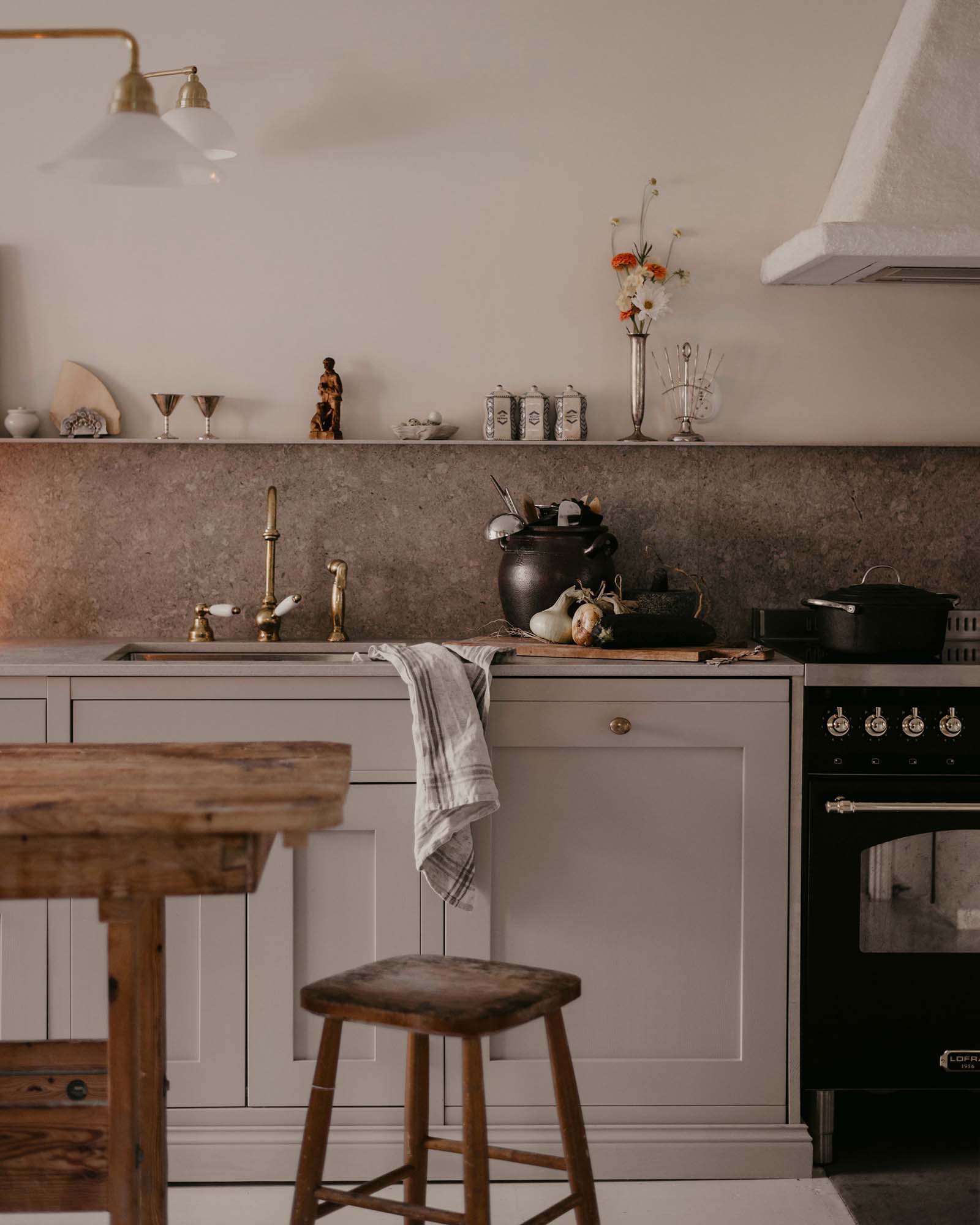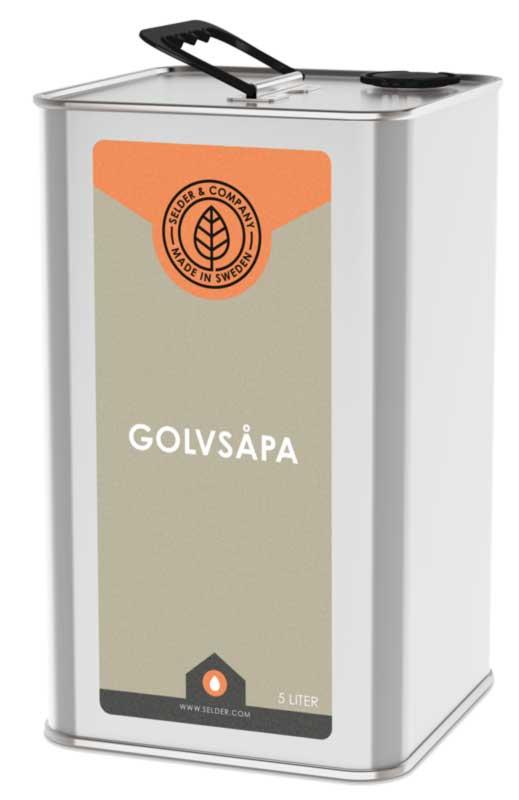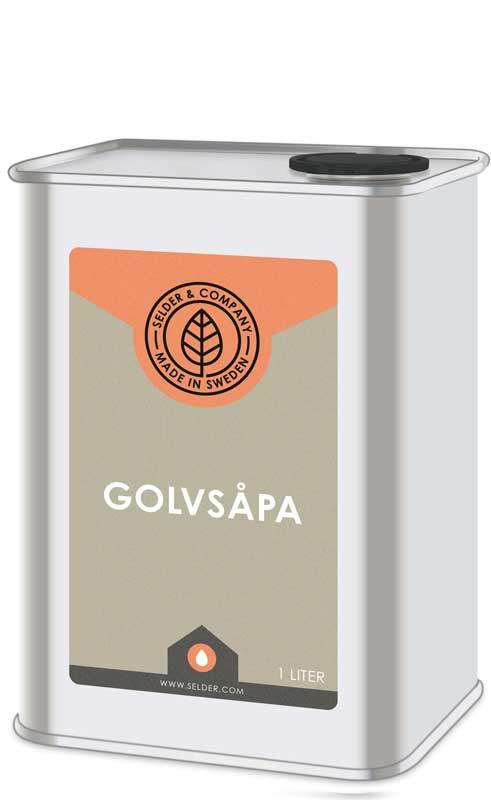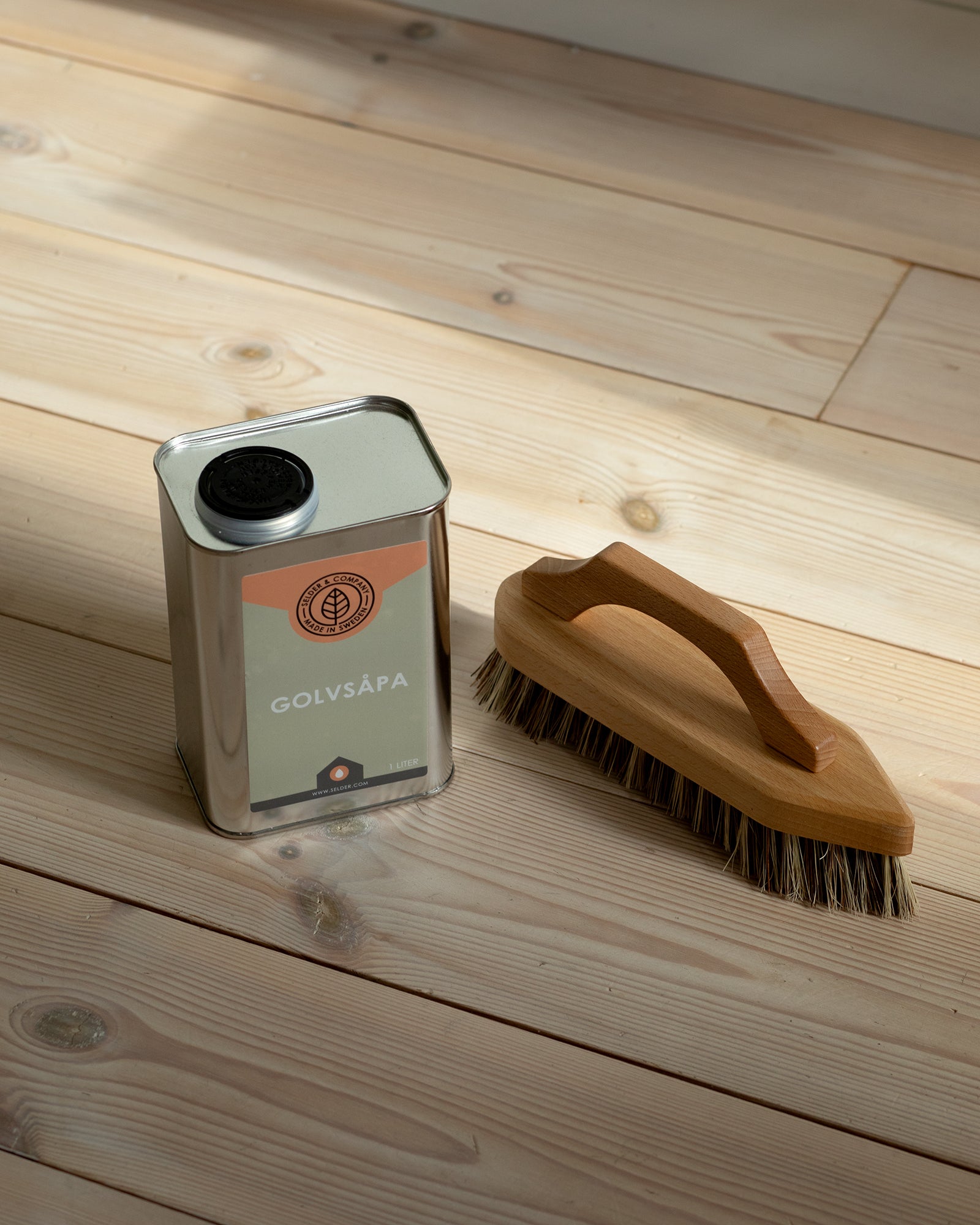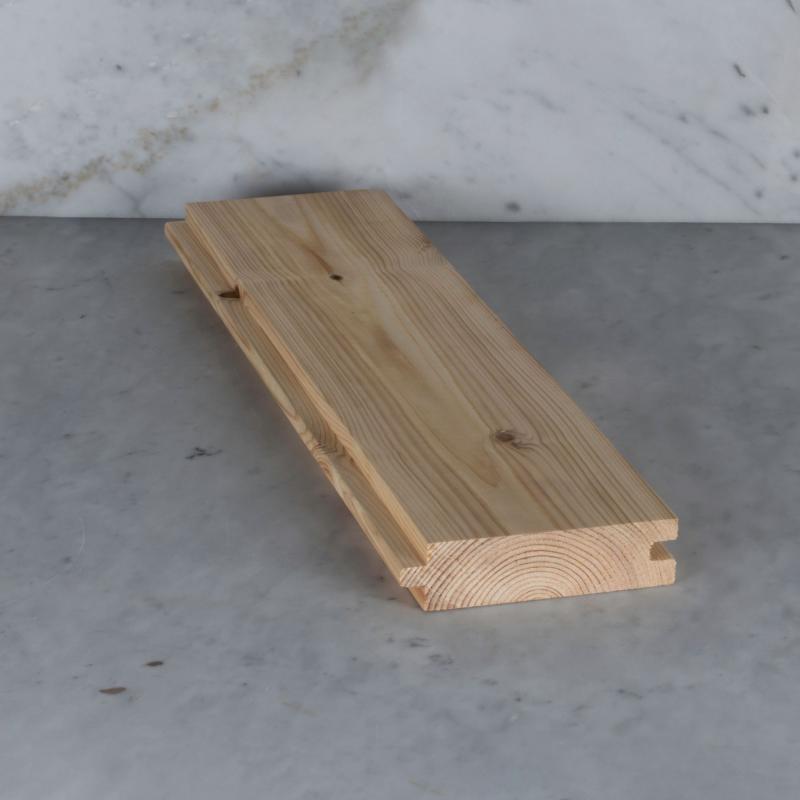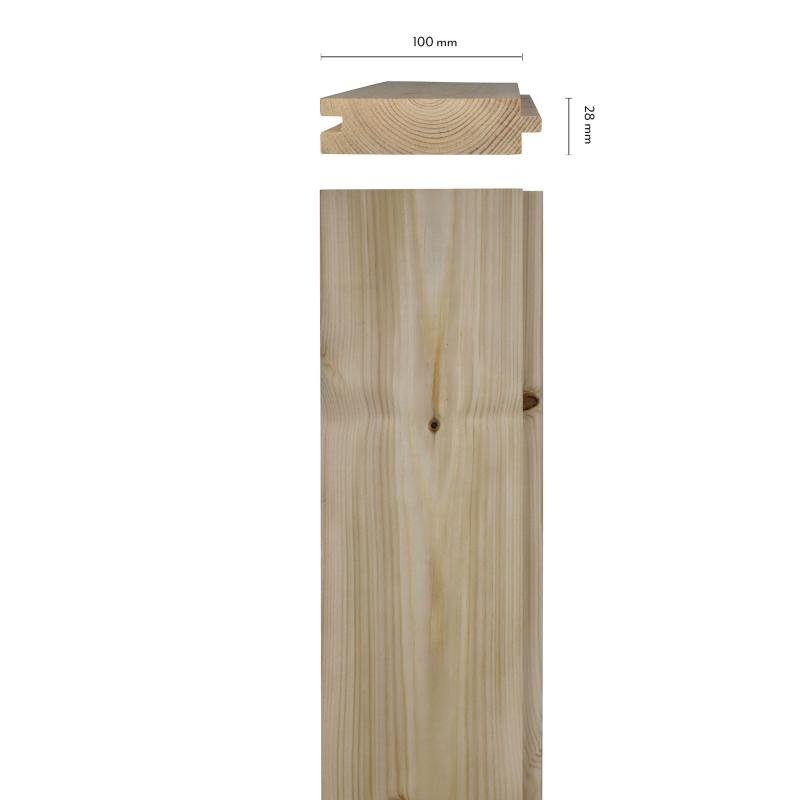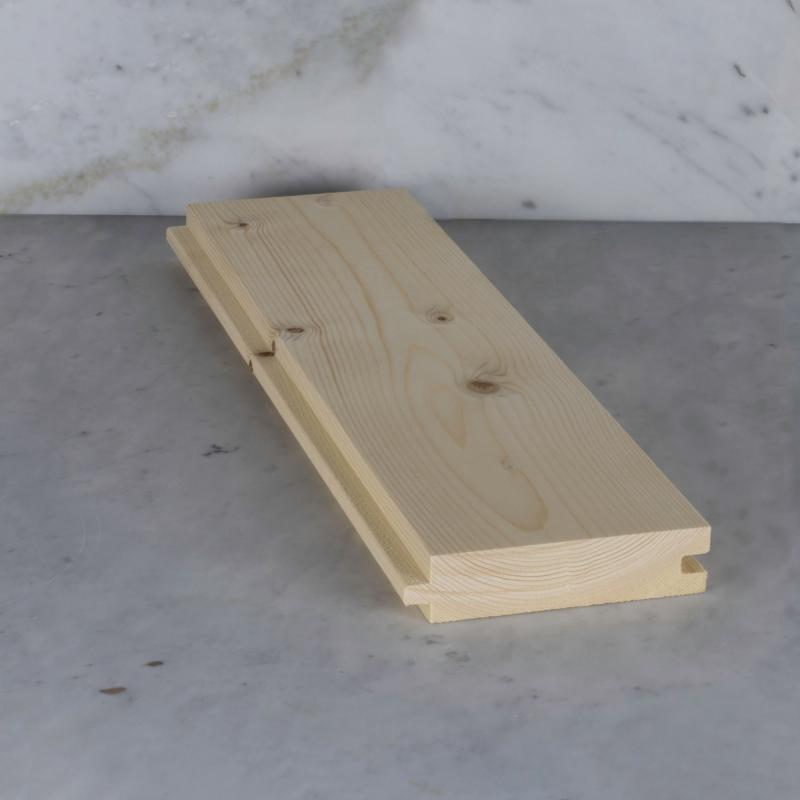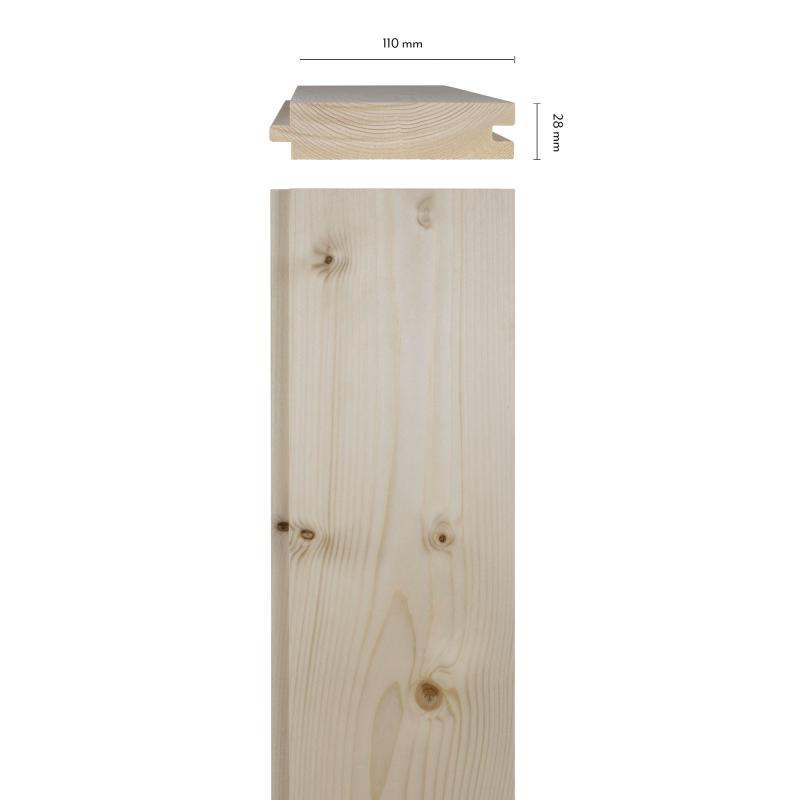A wooden floor treated with linseed soap in a turn-of-the-century setting is beautiful, typical of the period, and environmentally friendly! We recommend treating your wooden floors with Selder Golvsåpa because of its ease of use. Once the floor is saturated with soap, it simply needs to be mopped with cold water the next time you clean. The water will dissolve the soap in the floor, which means you won't need another cleaning agent. Depending on how often you clean, one soap treatment is enough for about 50 moppings with cold water before the treatment has to be repeated. This treatment is suitable for living rooms and bedrooms. We recommend a stronger treatment in kitchens and hallways where floors are exposed to more wear and tear.
Step by step - treating your wooden floor with soap
1. First of all, the floor should be dry. If it is damp with moisture, there is no room for the wood to penetrate the soap.
2. Pour the soap onto the floor. You can use a floor brush or a water scraper to spread the soap and thereby facilitate its penetration by the wood.
3. Move the soap around to make sure it is penetrated evenly.
4. When the floor can't absorb any more soap, remove the excess and mop the floor with cold water. Don't wait too long to remove the soap - if it dries it will become sticky. We recommend letting the soap sit for approx. 30-60 minutes.
5. Next, mop until the water is clear (around 6-7 moppings).
Here is how different types of wood react to floor soap treatments:
- Pine floors that are treated with linseed soap becomes grayer over time.
- Spruce floors become extremely bright with a whitish tint.
- Oak, elm, and ash containing tannic acid will react with the soap and darken, then lighten after each mopping during the treatment.
- Teak (outdoors) turns gray from soap treatments.




























































































